No Products in the Cart

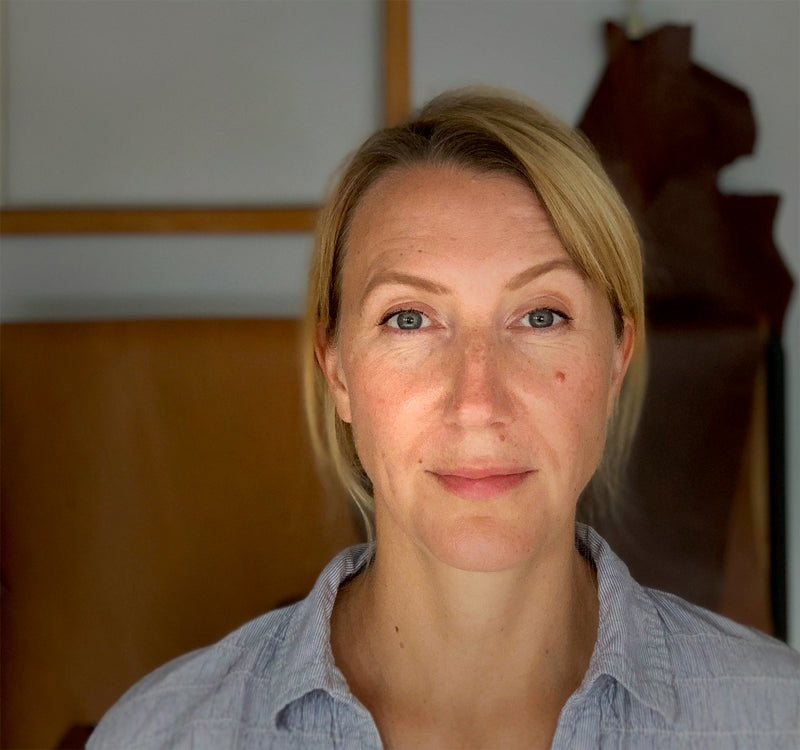
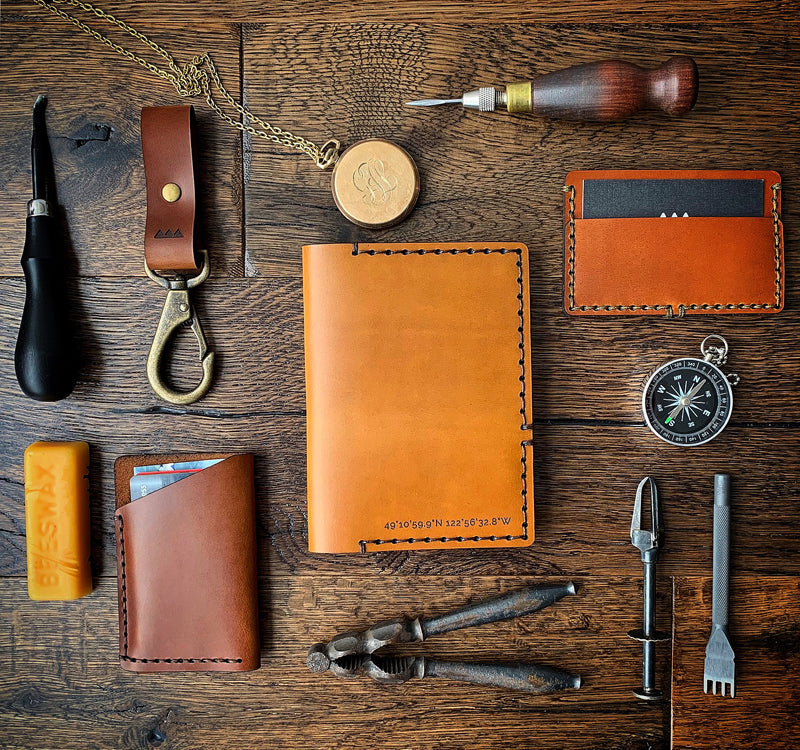
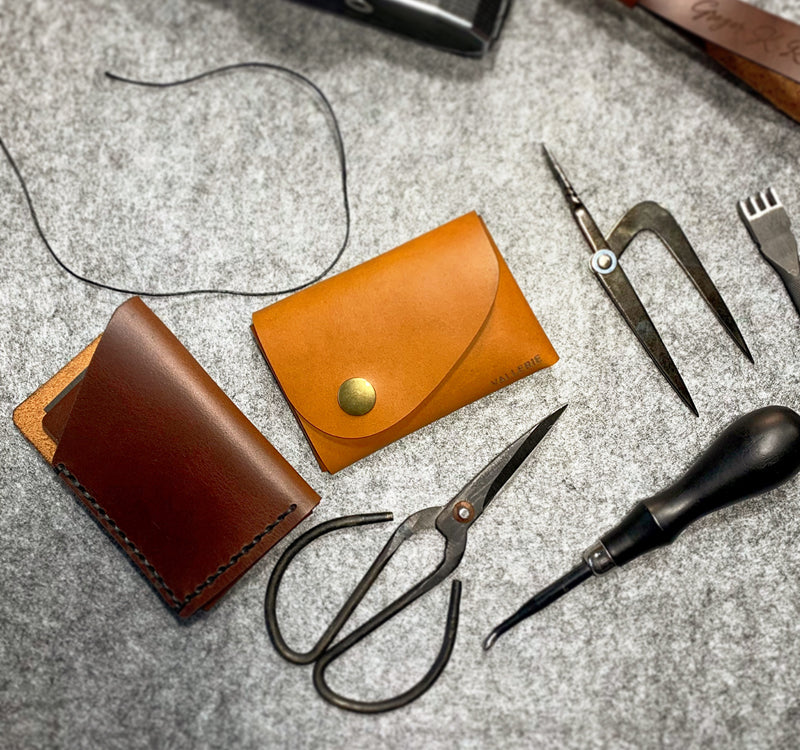
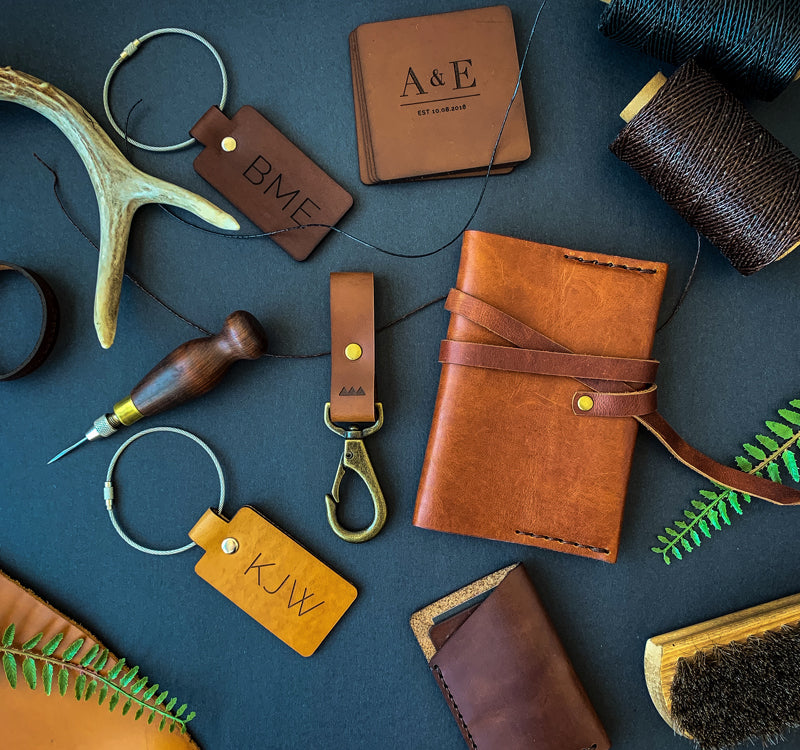
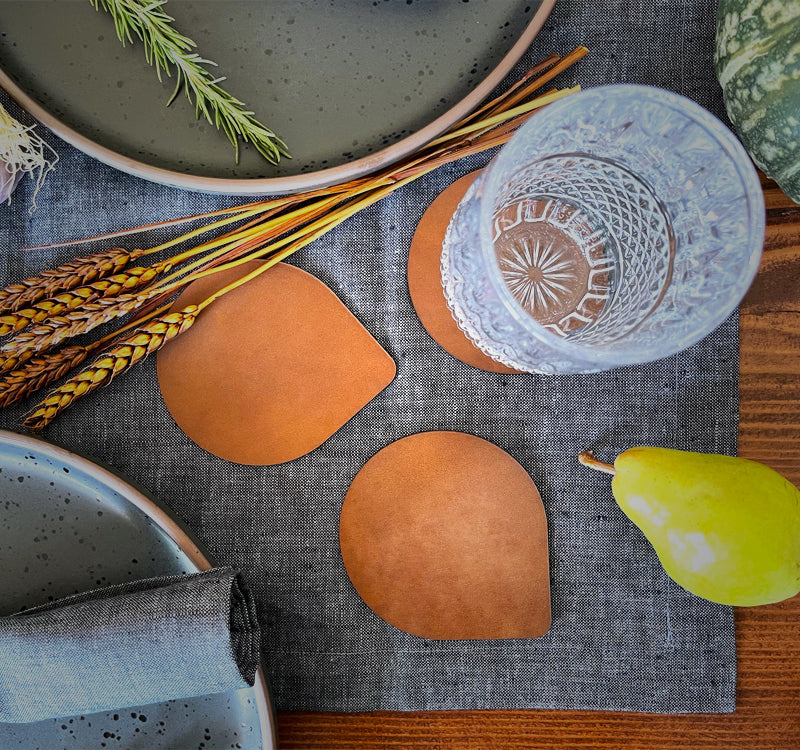
Animals are not raised to make leather. The cattle, sheep, goats or pigs that provide the hides and skins raw material for the majority of leather goods we use every day are raised for the food industry. As long as we continue to consume meat and dairy products, there will be hides and skins left over, which as a global community we have a responsibility to recycle into leather rather than send to landfill.
In this way, leather can be said to be both a recycled and sustainable material.
Vegan leather (sic) does not exist. It is a marketing term used to describe materials, (or leather imitations) that are often plastic or derived from finite fossil-fuel.
Huge numbers of products available across the world are marketed using terms such as ‘vegan leather’, ‘faux leather’, ‘synthetic leather’, and ‘PU leather’. This means that they are usually made either from artificial materials (different types of plastic: PVC, PU polyurethane, polyester, nylon) or alternatives that have been manufactured to resemble the appearance of real leather. Any material that is not of animal origin can be labelled as ‘vegan’, it is effective shorthand to describe to the consumer that it might meet their needs if they do not wish to use animal products. It is important to realize however, that the ‘vegan’ tag does not necessarily mean ‘natural’, ‘green’ or ‘sustainable’, nor does it necessarily provide the same wear and durability qualities as real leather.
Much is sourced from oil, a finite fossil fuel, as most commercial vegan leathers are made from plastic: PVC, PU ( polyurethane), polyester, nylon and so on.
However, there are also products used to replicate a leather appearance that come from alternative sources. These include grape skins, mushrooms, palm leaves and apples. Currently, to ensure these materials’ strength and utility, the vast majority are backed or mixed with synthetic resins and plastics.
Modern leather manufacturing recycles around 270 million cowhides a year, around 7.3 million tonnes, that might otherwise go to waste and landfill sites, posing a huge environmental and biological problem. Modern leather manufacturing is safe, compliant and very regulated. In this way leather can be said to be both a recycled and sustainable material.
The premium tanned leather we use does mark quite easily. If you discover a light surface mark on your leather product, this can be easily buffed away with a dry finger or soft cloth. Alternatively, it can be left alone to add character to the ever-changing patina of the leather that makes each and every one of our Wilhelm and Friends products so unique.
When the leather gets wet it ages and hardens a little. First of all let the leather dry out naturally and not too close to direct heat. To get it soft again, you can use leather wax or oil you can find at your local leather smith or shoe shop. Every wax, balm or oil has a different effect so please apply on a small corner first.
Wilhelm and Friends uses premium leather across the range of our products. As this is a natural material, it will soften and age over time.The influences of sun, oil and water develops a one of a kind patina on leather which makes every one of our products unique.